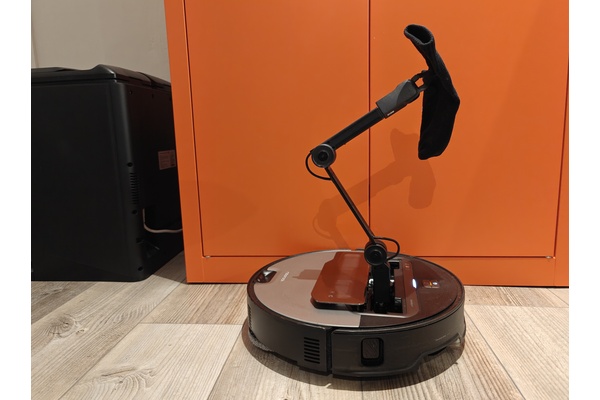
First came self-emptying dustbins. Then smarter maps, rotating mop plates, self-cleaning mops, obstacle avoidance, and more recently the ability to climb over thresholds.
So in that context, the new model from the industry giant Roborock feels in many ways a logical continuation of the ongoing development.
We got our hands on the spring 2025 release, the Roborock Saros Z70 robot vacuum, whose most unusual characteristic is the built-in arm.
Yes. An arm.
The robo uses its emerging hand as a cleaning aid - essentially to move forgotten socks and toys out of the way of the cleaning path.
But is the Roborock actually a good vacuum - or a jaw-dropping tech demo? We subjected the Saros Z70 to our usual multi-month test, where the robot was tasked with cleaning a very ordinary Nordic home for about three months. During that time it was the only floor-cleaning tool in the residence.
So let's see how the Saros Z70 ultimately fared...
Table of contents
- Appearance and features
- Tech specs
- Smartphone app
- Usage
- Obstacle avoidance
- The Arm
- Does the lifting work?
- Cleaning result
- Other observations
- Summary
- Alternatives
- Pros
- Cons
- Stars
Features and build
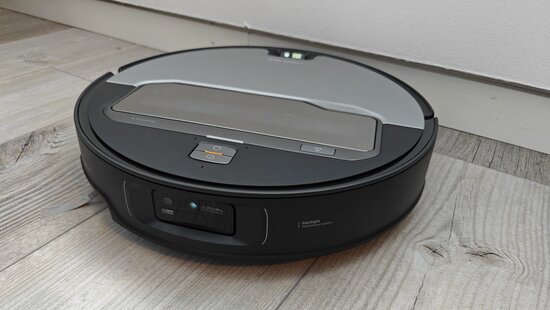
At first glance the Roborock Saros Z70 looks like any other robot vacuum. It's a round disc with buttons on the top. Nothing surprising - at least from a quick glance.
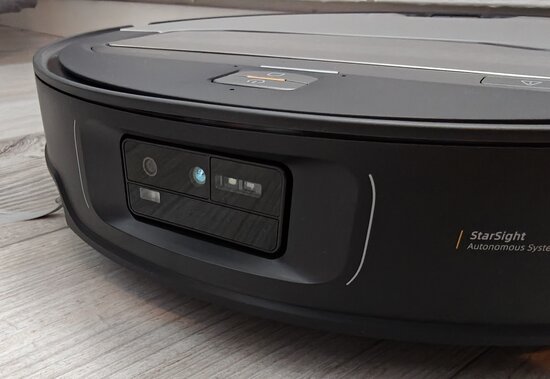
On closer inspection you start to see some small differences. The robot's front houses a camera, supplemented by "head lights". The camera is used by the Saros for obstacle detection from the floor - like all smart dodging robots."
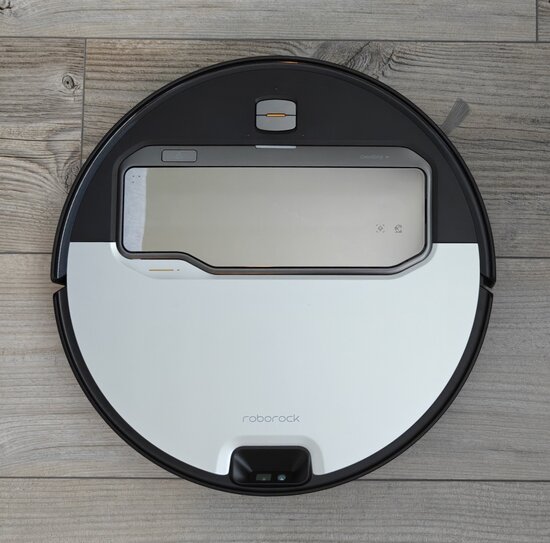
Viewed from above, the Saros Z70 looks slightly unusual, because the otherwise conventional design is broken by an irregularly shaped hatch. Behind that hatch is, of course, the Saros's main selling point - the arm - but more on that later.
As a small interesting detail: the robot's control buttons are, unlike other Roborock models, placed next to each other in one contiguous button area. The buttons are physical, not touch-sensitive.
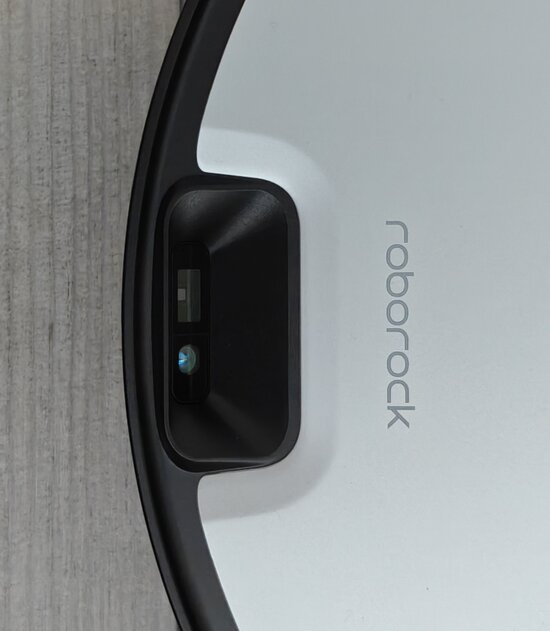
Another partly arm-related feature lies on the top of the robot: the Saros also has a camera on top used for controlling the arm. Additionally that camera assists when the Saros tries to fit under low furniture and obstacles.
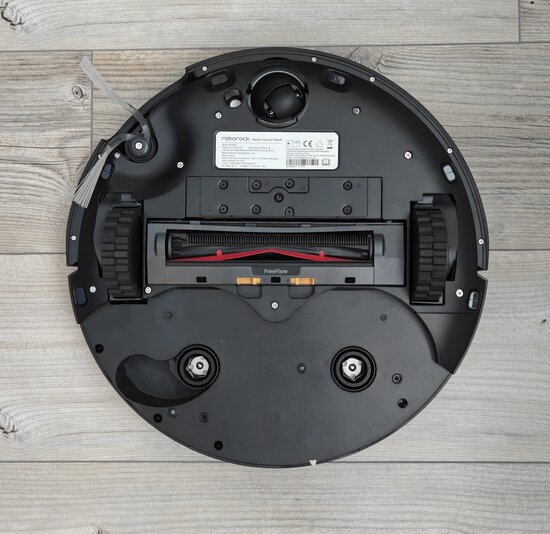
From the underside, the Saros Z70 doesn't differ significantly from other modern ~€1000 robot vacuums.
However, there are a couple of observations about the bottom worth making: for some reason Roborock has decided the Saros uses only one cleaning roller instead of two. The second observation relates to the second mop plate's attachment - the second mop can reach into corners and along the wall because its motion extends further when needed.
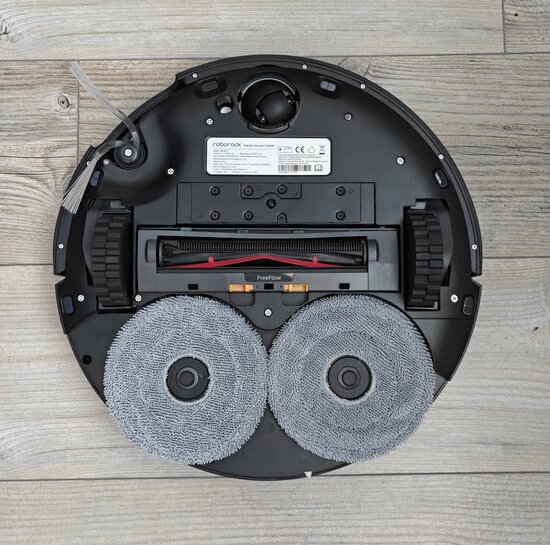
The mop plates snap into place via magnets, enabling their removal when the robot is only vacuuming.
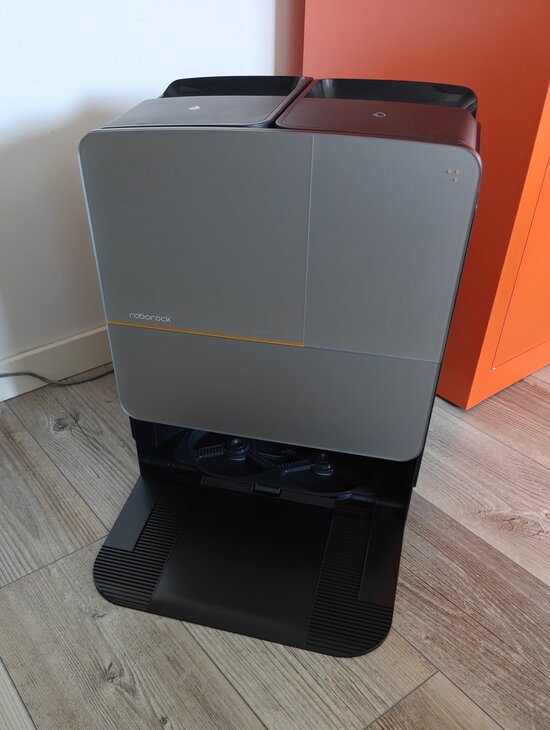
The dock for the Roborock Saros Z70 is truly massive. Its color scheme slightly evokes an "industrial" product feel, like the robot in our test.
Perhaps the most surprising aspect of the dock is that the company still hasn't standardized the appearance of their docks - this one looks entirely different from earlier reviewed units such as the Roborock Qrevo Curv and the Roborock Saros 10.
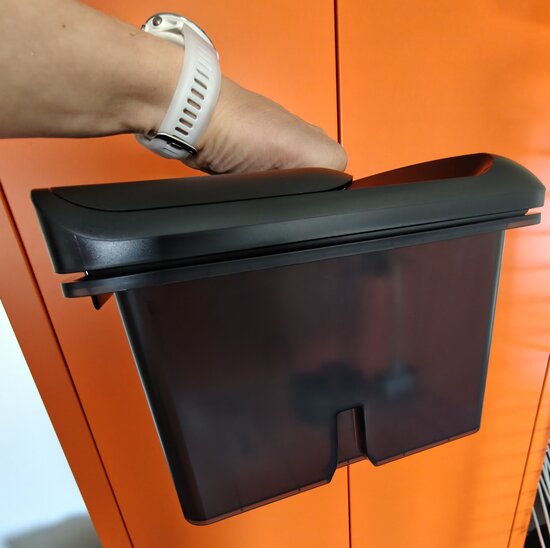
Inside the dock you'll of course find large water tanks that the robot uses to wash its mop pads and channel the dirty water into its own reservoir. The clean water tank capacity was four liters, and the dirty water tank capacity was three liters.
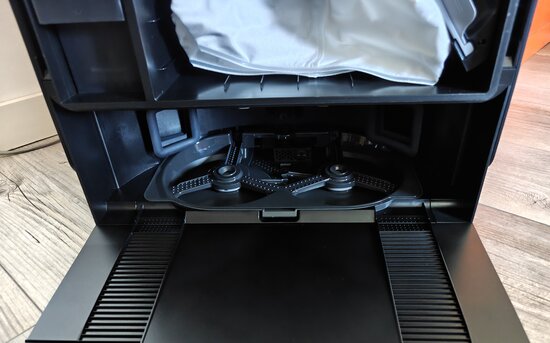
The robot's home slot in the dock also serves as the Saros's mop-plate washing station, where the mops are cleaned with warm water and rinsed. Behind the dock's front panel is also the dust-bag where the robot's internal dustbin is emptied after cleaning.
Technical specs and price
| Suction | 22 000 Pa |
| Battery | 14.4 V / 6400 mAh (Li-ion) |
| Runtime | Manufacturer: up to ~220 min at moderate setting; in reality, around 2h 15m (depending on mopping/use and the arm) |
| Charging time | appx. 2.5 hours |
| Height (robot) | 7.98 cm |
| Width (robot) | 35.3 cm |
| Max threshold climb | appx. 2 cm |
| Arm lift capacity | 0.3 kg |
| Dock | Automatic dust-bag emptying, automatic mop washing & hot-water (80 °C) cleaning |
| Dock dimensions | 381 x 475 x 488 mm (WxDxH) |
| Navigation | Camera-based obstacle avoidance |
| Price (as of review time 10/2025) | appx. €1800 / $1400 |
Roborock's app
Roborock's smartphone app is the same across all their products - and identical on both iPhone and Android.
The app is engineer-driven - meaning there are a massive number of toggles, dials and adjustable settings. But compared to most other Chinese manufacturers, Roborock's app is in practice noticeably better and clearer in usability.
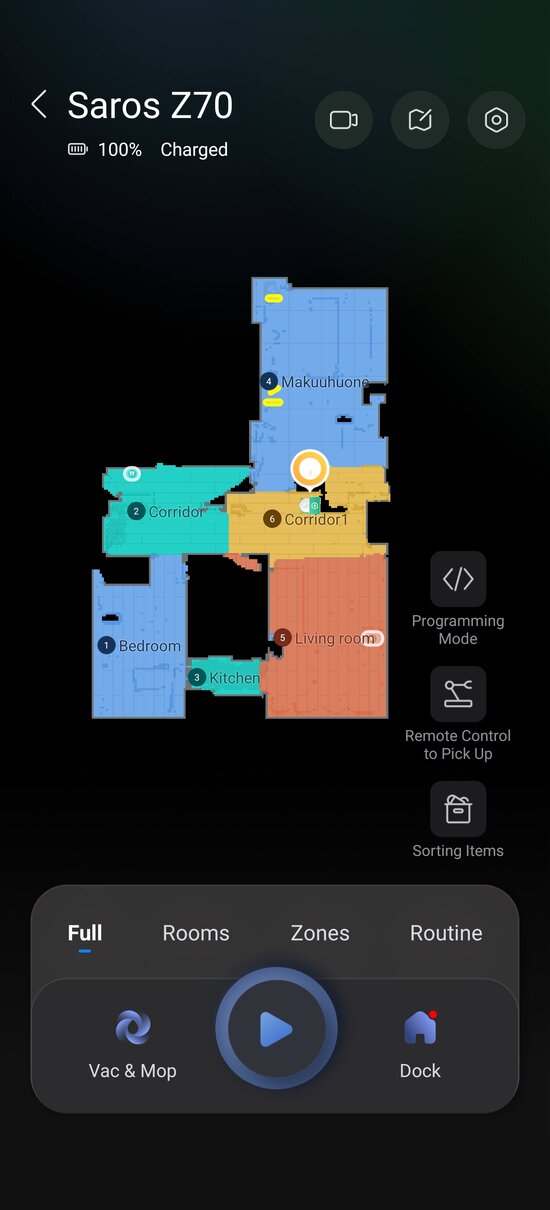
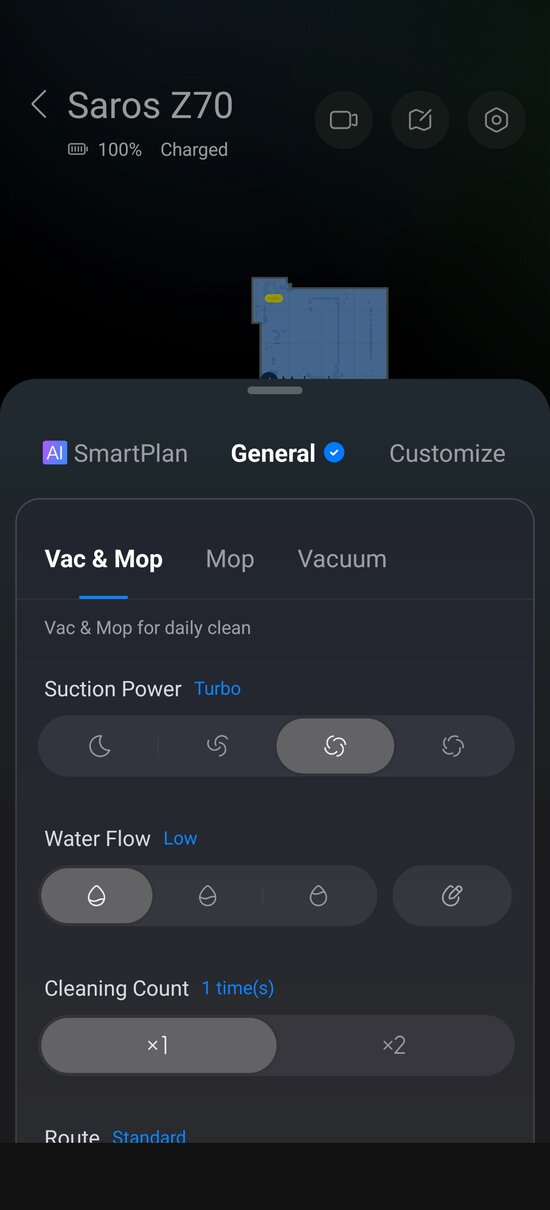
Practically speaking, the app's main view is the one you'll use for the most of the time, and from there the most important functions are presented relatively neatly and logically.
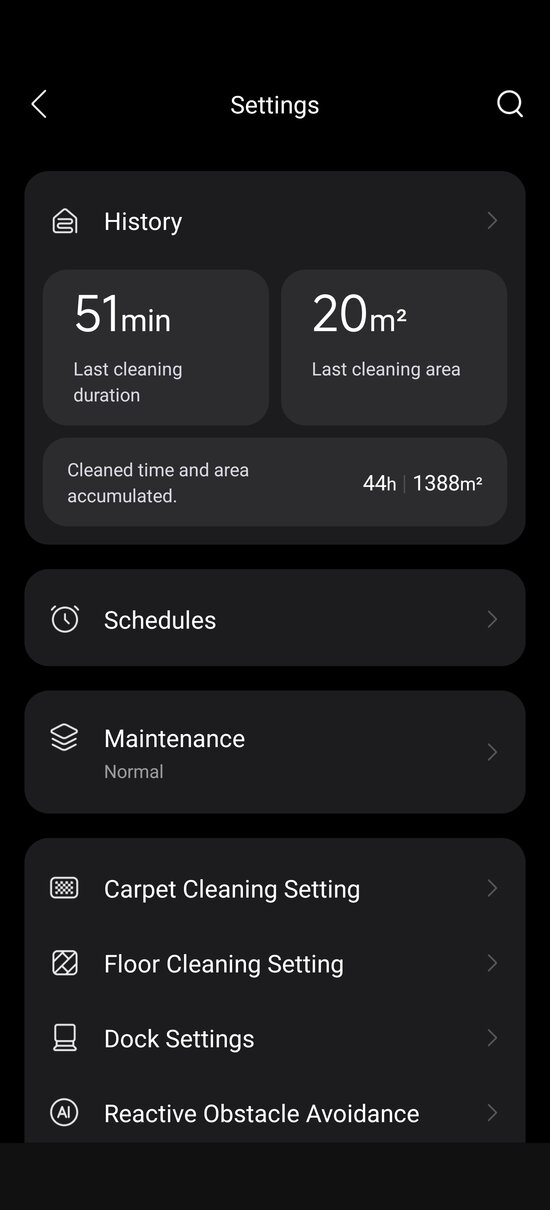
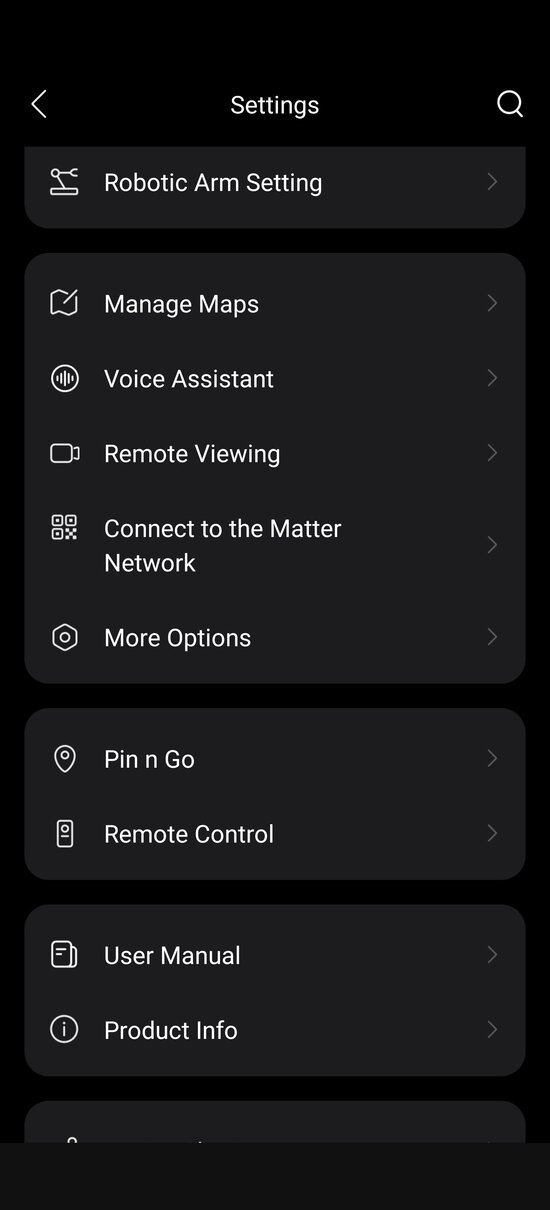
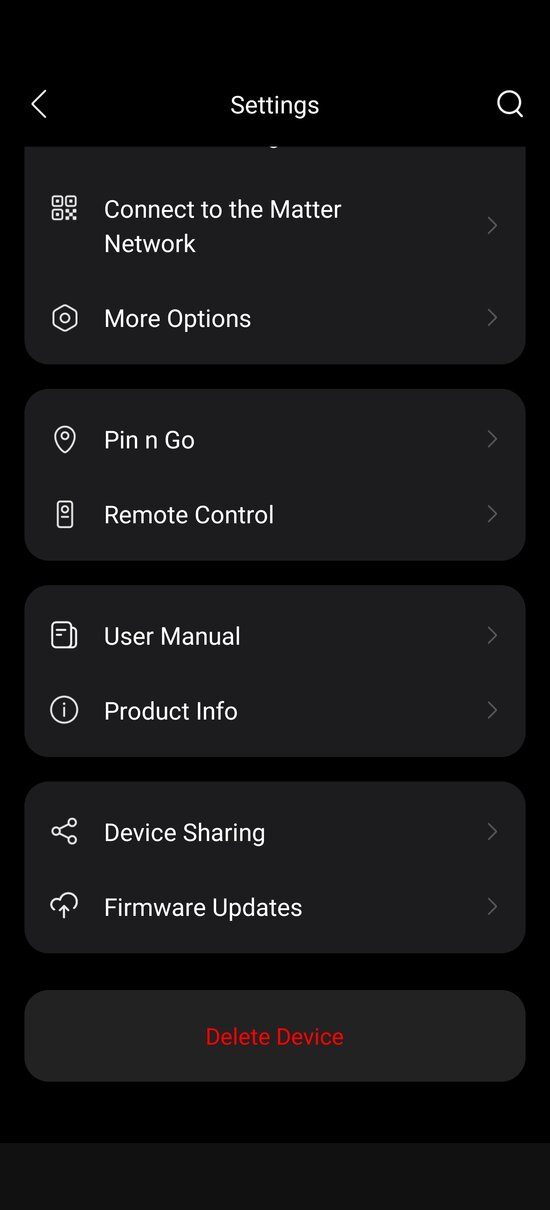
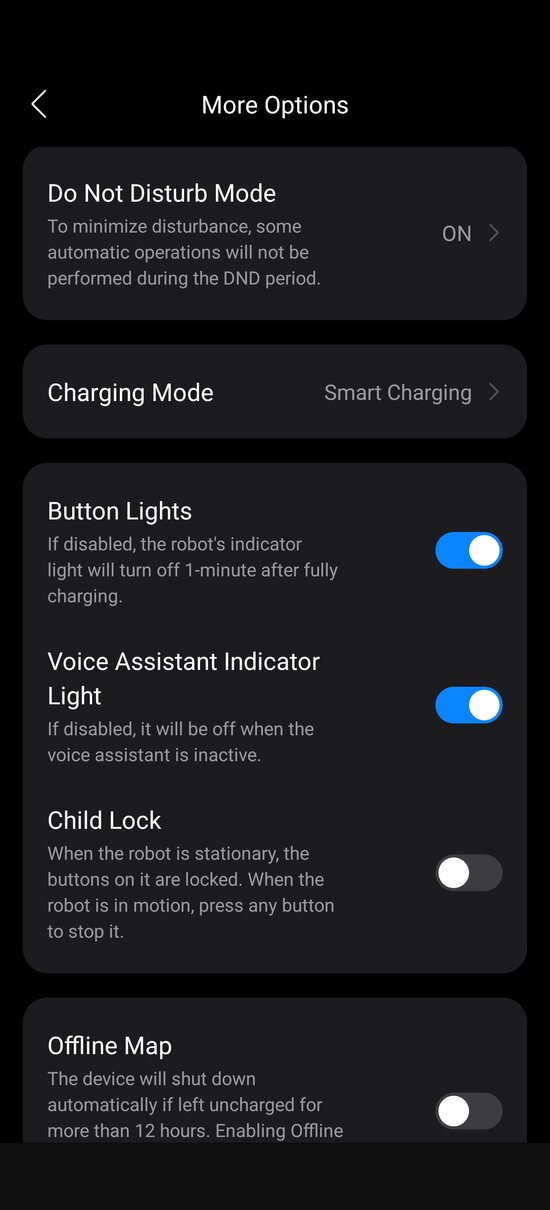
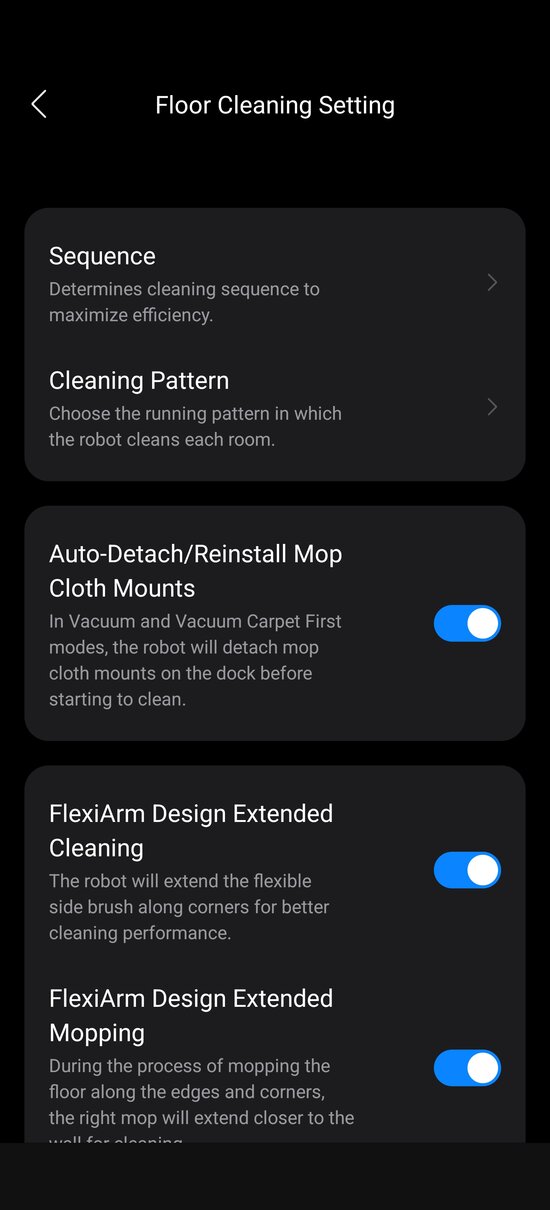
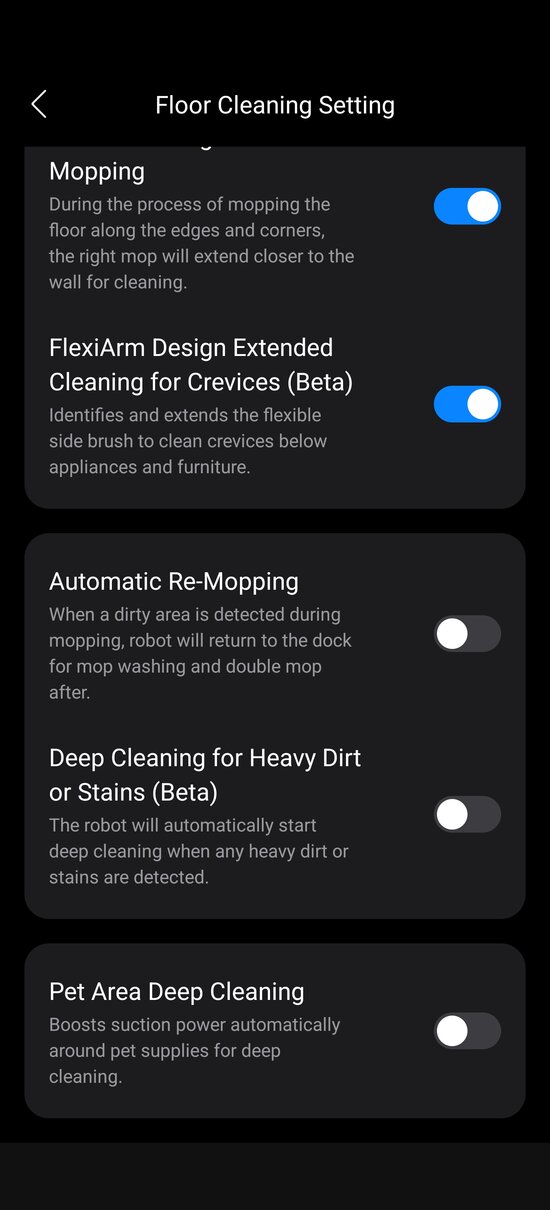
In the deeper menu levels you'll find everything imaginable (and some things barely imaginable) to tweak. However, during the first few weeks it's a good idea to spend some time configuring these so the robot's behavior is tuned for your life. Among the most important menus are scheduling, cleaning mode (mop, vacuum, ...) and of course settings related to obstacle avoidance and the robot arm's use.
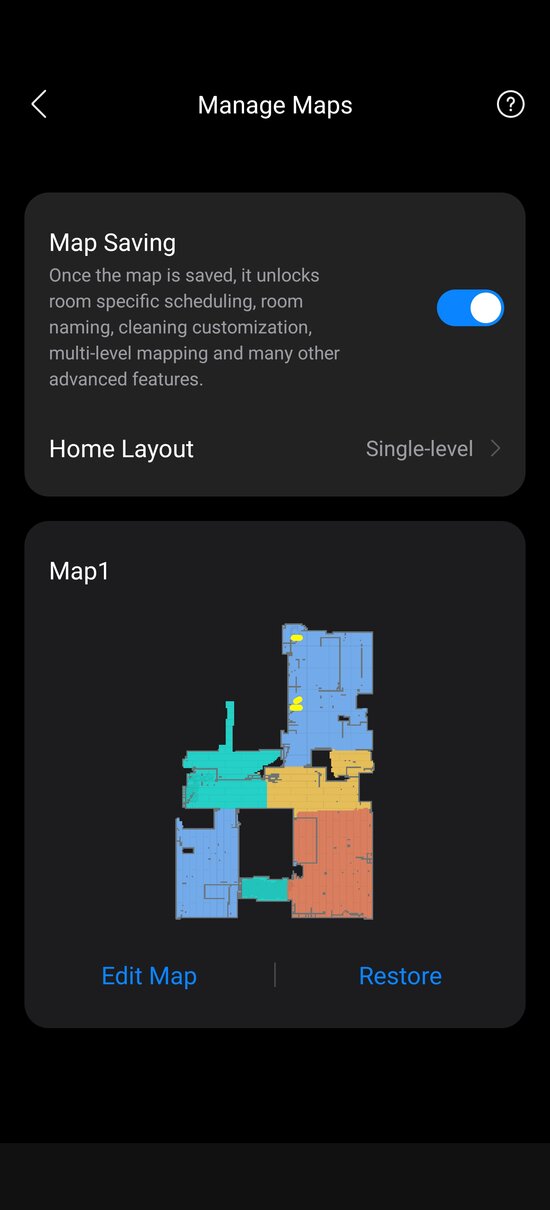
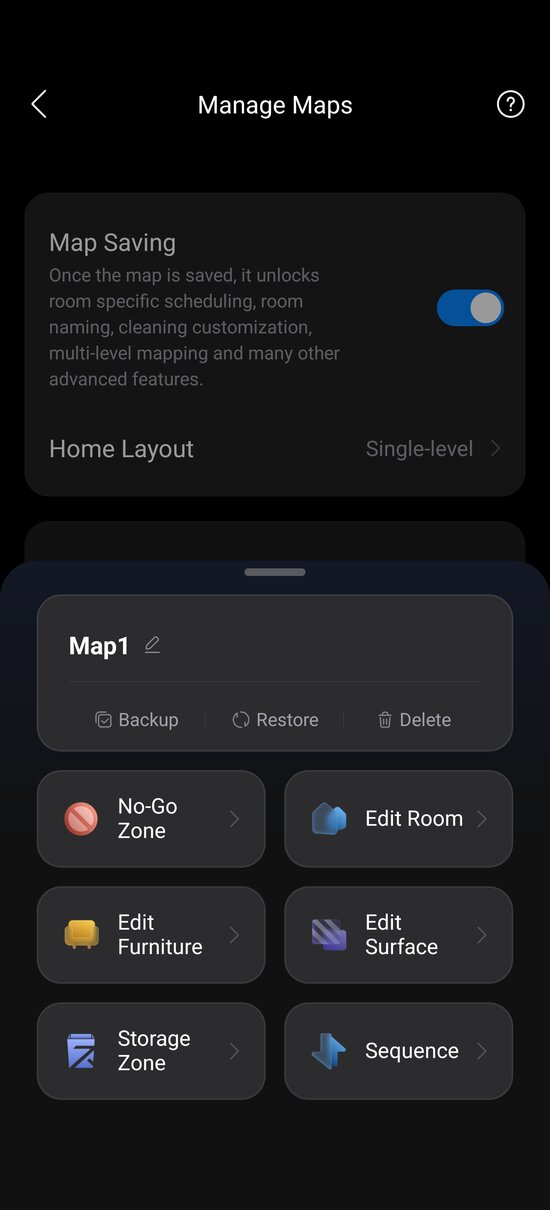
Through the app you can also create room-specific cleaning routines - for example you might schedule the hallway to be cleaned once a day, the kitchen every other day, and the rest of the house maybe twice a week. The map editing and customizing is done easily - and naturally you can define no-go zones and even mop-free zones.
Usage
In everyday use the Roborock Saros Z70 performs like any other modern robot vacuum. During our test period the robot was used by being started each time no one was at home. Ideally you would schedule the robot to run daily, but during the era of remote work, the world doesn't always obey ideal schedules.
When the robo is on its regular mission, it demands virtually nothing from its owner. The water tanks need to be emptied and filled from time to time, depending on how much bare floor area there is at home and whether you've set it to mop daily.
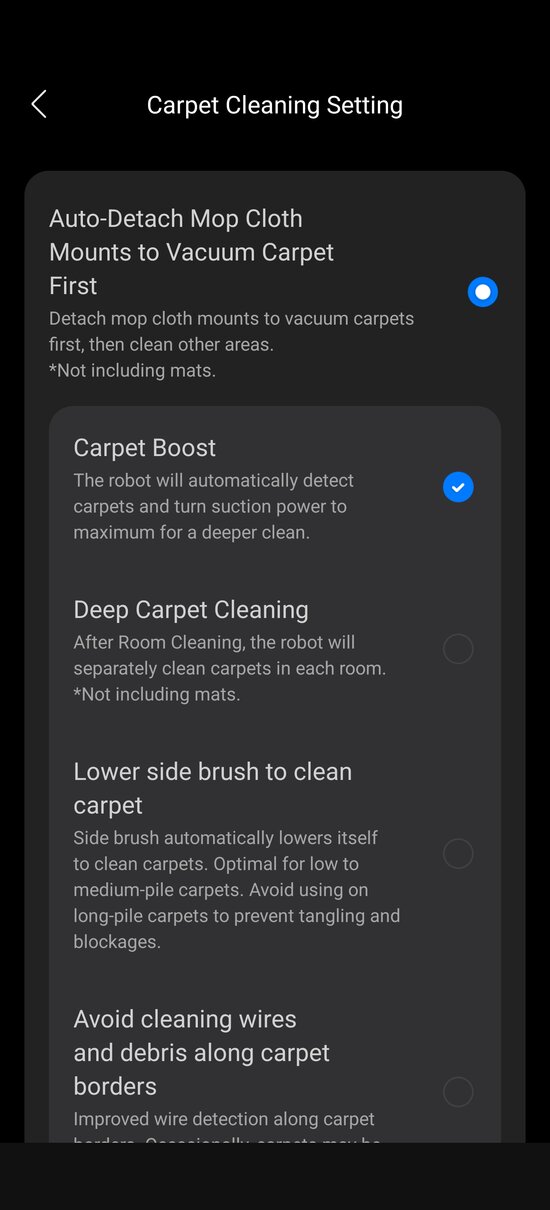
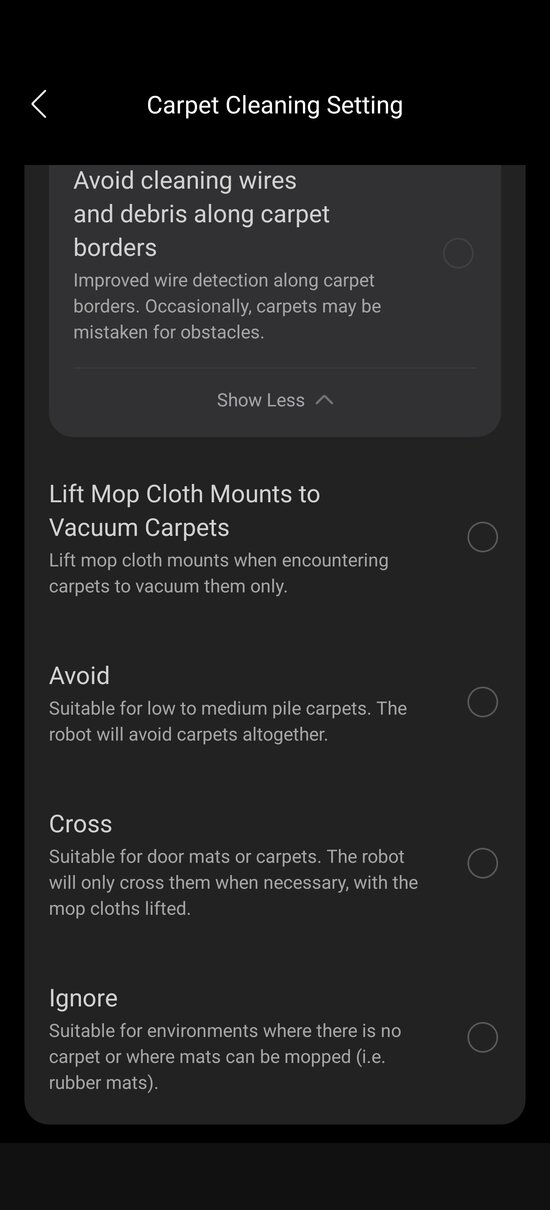
The robot doesn't wet carpets with its mop - it knows to lift the mop plate when it hits one - or alternatively you can program it via settings to omit the mop plates entirely when vacuuming rugs.
We didn't need to empty the dust-bag in the dock even once during our three-month test period. That said, the exception are pet households where fur may accumulate depending on how many pets there are. Pet households should note that Roborock does not recognise when its internal dustbin is full.
Obstacle avoidance and automatic dust-bin emptying mean the Saros Z70 can be left to clean on autopilot for months, without any meaningful intervention from the owner. When mopping is involved you'll need to deal with water more frequently, but if you're going on an extended holiday it's best to switch to vacuum-only mode for the auto-run.
Obstacle avoidance, rugs and furniture
I feel that Roborock's high-end robot vacuums have improved their obstacle avoidance year on year, thanks to new models and software updates. In the case of the Saros Z70 the camera-based obstacle detection - and avoidance - was already at a pretty good level.
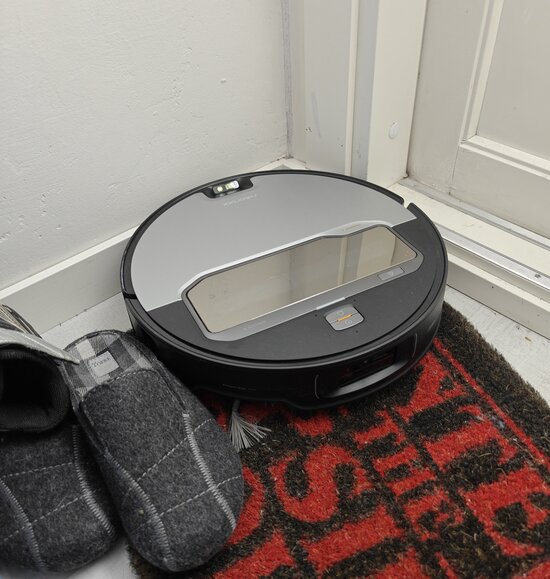
Interestingly, the Roborock didn't have any problems with the stuff forgotten on the floors. It did manage to avoid all the cords, toys, etc throughout our testing period. Instead, virtually all the problems we encountered were related to the fact that the robot sometimes misjudged its own dimensions.
This happened in a few instances where it managed to get itself "trapped" between a wall and a shoe, even though it had obviously squeezed in there itself. In such a situation it also failed to use its arm to lift that troublesome shoe out of the way.
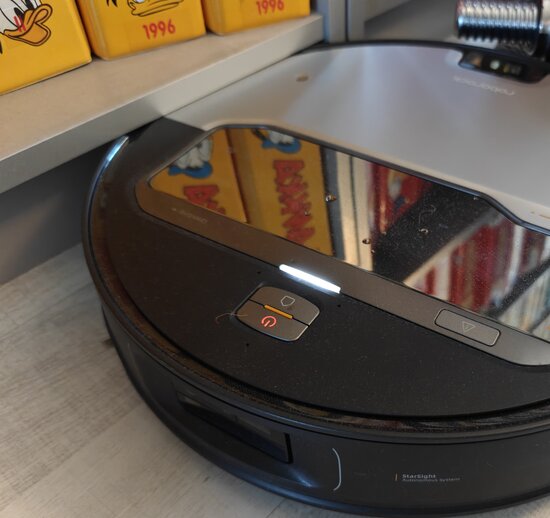 Roborock Saros Z70 stuck beneath the bookshelf baseboard
Roborock Saros Z70 stuck beneath the bookshelf baseboardAnother, equally strange problem concerned our bookshelf's baseboard, which was exactly the same height as the robot itself. During the test the Saros managed to wedge itself underneath the baseboard of the bookshelf in such a way that it could not get out.
That said - and to balance things - compared to "ordinary" robot vacuums the Saros Z70 is still one you can let run even when a floor is scattered with kids' toys, clothes, and charging cables. It got stuck on an obstacle roughly one time in every ten cleaning sessions, but mostly its obstacle avoidance can be trusted - you don't have to clear the floor entirely before letting it clean.
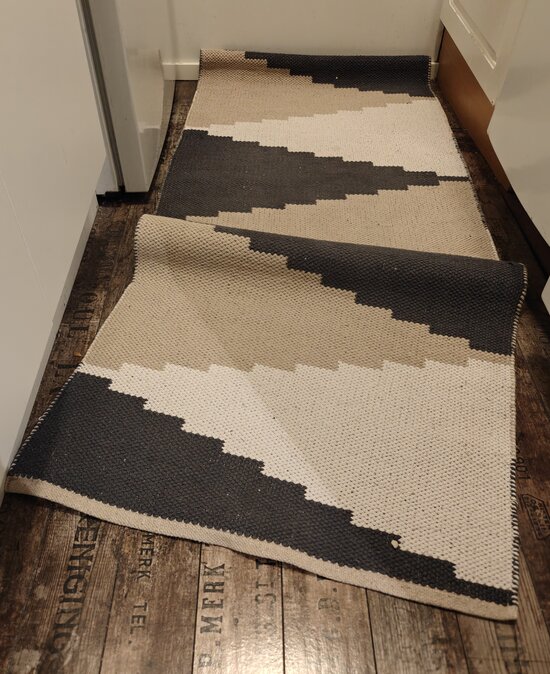
But the biggest issue with the Saros Z70 in our test seemed to be the light kitchen rug. That same rug has been a trouble-spot for other robots too - and some bots have handled it perfectly. Unfortunately the Saros fell into the less capable group in this respect; roughly every third cleaning the rug came out ruffled - or the robot simply didn't make it onto it. The issue was all the more annoying because the Saros Z70 is capable of lifting its chassis somewhat, so in principle it could have raised itself a few centimeters before "landing" onto the rug's edge.
Toward the end of our test period it seemed the regular firmware updates pushed to the robot improved its performance with the rug, too. And in the last month of our test the Saros didn't ruffle the kitchen rug more than once.
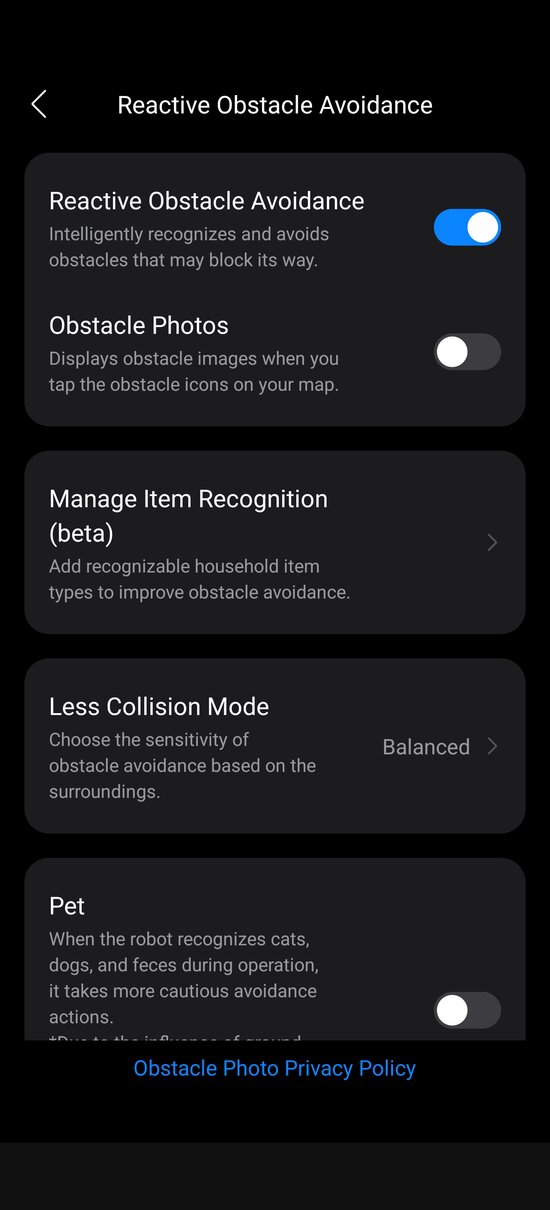
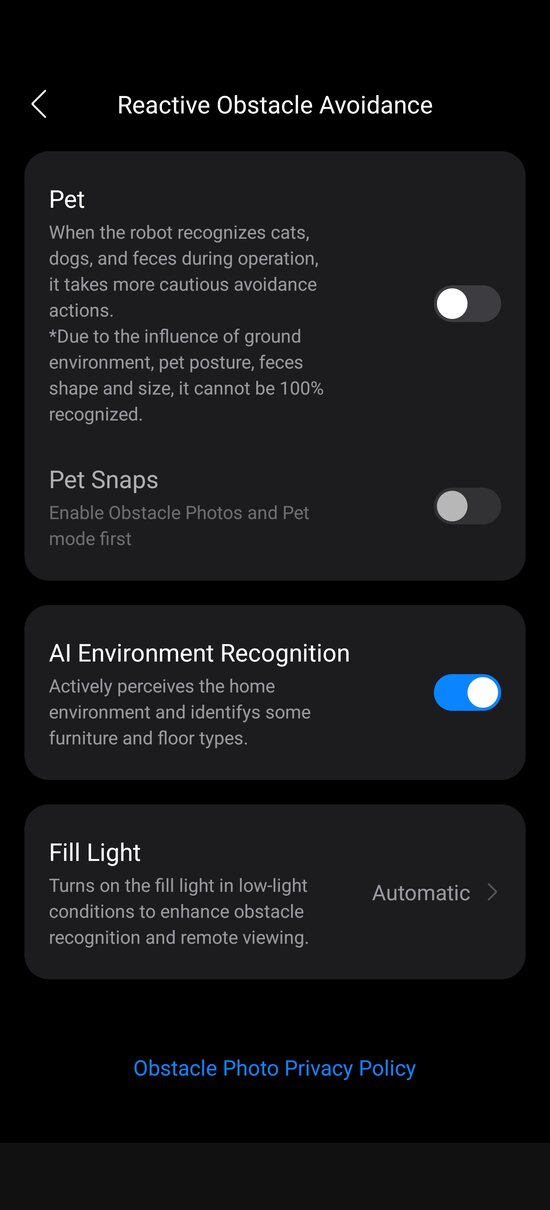
Regarding threshold climbing: the Saros Z70 manages to climb roughly 2 centimetre-high thresholds, but nothing higher. That suffices for many indoor environments, but Nothern European bathrooms' thresholds are typically higher than this - and in our test the Saros never made it into the bathroom.
And what about the arm..?!
The major selling point of the Roborock Saros Z70 is obviously its arm, with which it can pick items off the floor.
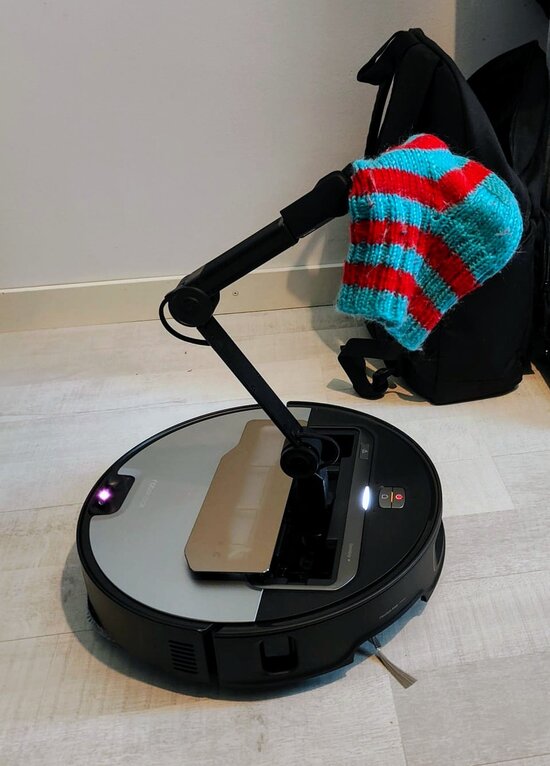
The robo can use the arm in a couple of ways. By default the arm is used to move items aside to let the robot clean.
In practice the robot first cleans the desired rooms and during that process notes objects that it identifies as "I could move that" items. After the cleaning, the robot returns to those spots, moves the objects aside and cleans the now-accessible floor beneath them.
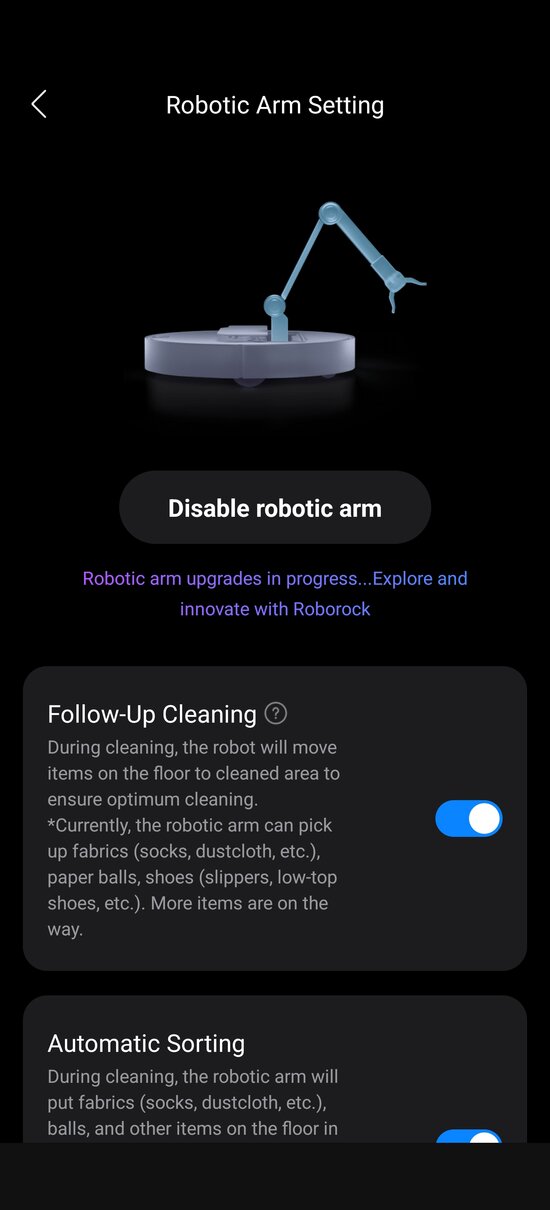
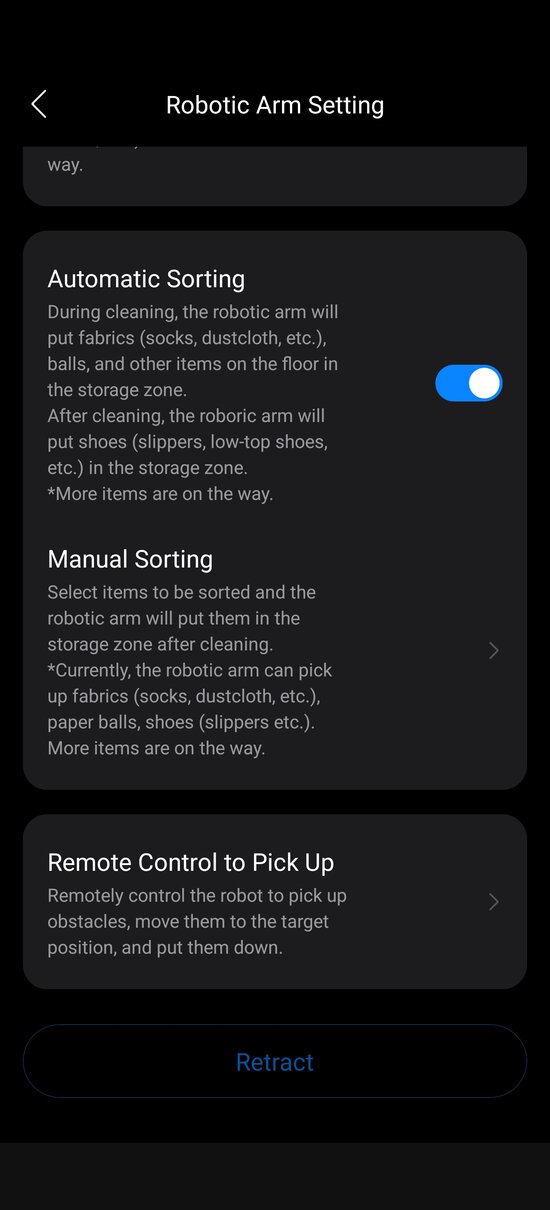
Another way the Roborock's arm can be used is to move items to a desired location. In other words, the robot can be instructed to take all the socks found on the floor to a certain central spot.
Well, the arm.. Does it work?!
Unfortunately the very feature that is supposed to be the Roborock Saros Z70's unique selling point - the object-picking arm - saw relatively little use in everyday operation. The robot seemed more inclined to avoid even the socks lying on the floor than actually move them out of the way.
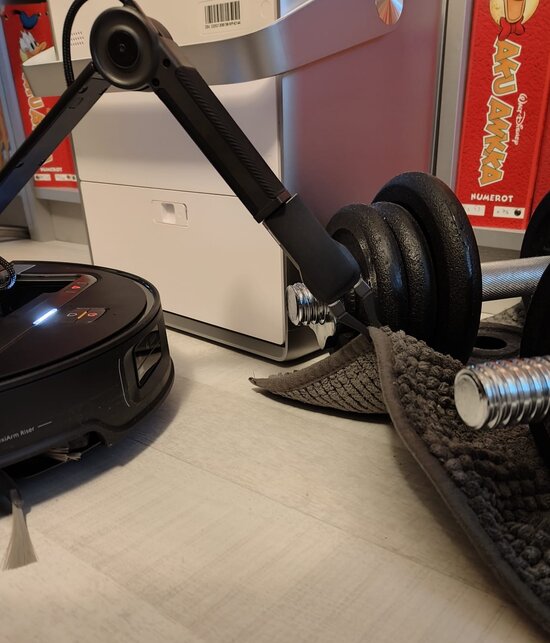
There was even one occasion when the arm was a hindrance. Once the Saros for some reason decided that a small rug under some dumbbells should be moved. The rug itself weighed little of course, but the couple of dozen kilograms of dumbbells on top meant the arm gave up - and the owner had to reset the arm manually. The robot did not know how to give up on its own - so the situation became an owner-required fault.
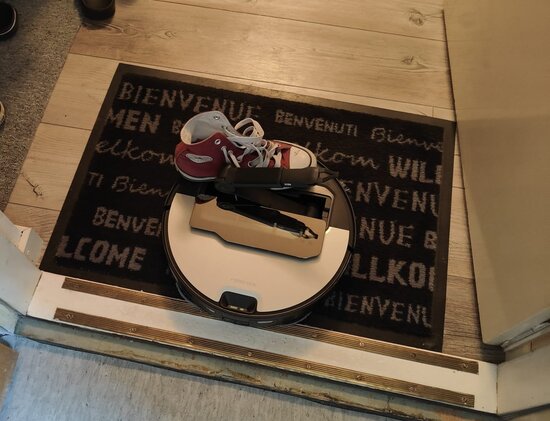
On another occasion during the early part of our test the robot's arm created trouble: it decided to move a shoe in the entryway, but the shoe apparently slipped out of the grip mid-lift - landing directly on the robot itself.
And even though the previously mentioned "move items to designated spot" idea sounds good, it remains somewhat limited in its current state: the robot can move and sort mainly socks and paper balls, and not much else.
But.. There were successes as our testing progressed, as you can see in the video above.
And in fairness: Roborock released new identifiable object types for the robot arm via app updates during our test period - but (as of 10/2025) the arm unfortunately still offered only limited utility in everyday life.
Cleaning result
As one might expect, the actual cleaning performance of the Saros Z70 was excellent. Although I was somewhat skeptical about the fact the robot has only one roller instead of two, this didn't impact the result in any visible way.
The robot successfully cleaned both hard floors and rugs with impressive precision - and the protruding side-brush plus extending mop plate managed to keep corners and wall-edges clean throughout the long test period.
Other observations
In terms of noise the Saros Z70 was typical for a premium robot vacuum. Vacuuming and mopping operations are relatively quiet, but you wouldn't want to listen from close by. So I scheduled the main cleaning to run when no one was home.
As is usual, the noisiest moment came when the Saros emptied its dustbin into the dock's larger dust bag. The noise lasts only a moment, but it's enough to wake up a neighboring house.
The most annoying noise was the hum during mop-drying. Although the sound is truly quiet, it lasts long enough that I don't recommend placing the robot's dock in a living room or bedroom where it could interfere with TV watching or sleep.
Roborock's claimed battery life is 180 minutes. In practice, when using both mopping and vacuuming, I estimate the robot managed to clean a roughly 120 m2 apartment in a single charge before returning to the dock. This time Roborock has also invested in somewhat faster charging, as the robot refilled from empty to full in appx. 2.5 hours.
In practical terms this means during a typical eight-hour workday you could easily clean a 200 m2 house once, or a 100–120 m2 apartment twice (with an intermediate charging break). Of course battery life is heavily influenced by how complex the home is, number of obstacles, etc., so these figures are only rough estimates.
Summary
The Roborock Saros Z70 was in some ways a difficult one to review, because its promoted feature is obviously its sci-fi -style arm. But in real life that arm offered any real benefits only rarely - so it largely remained a cool social-media gimmick and a tool for amusing your friends.
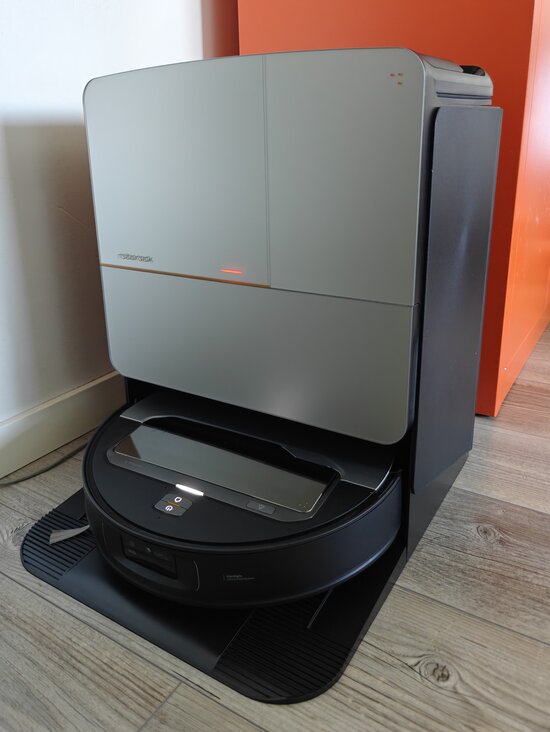
In the end the Roborock Saros Z70 had to be judged on its actual function - i.e. from a cleaning viewpoint. At the time of review the Saros cost around €1800/$1400, which makes it extremely expensive even for a high-end robot vacuum. That needed to be taken into account when evaluating the robot.
Roborock has slowly improved its obstacle avoidance algorithms and - at least for the Saros Z70 - the robot could largely be trusted. In other words we didn't gather any cords, shoes or other clutter from the floors during the long test period - things that basic robot vacuums would stumble over - and Saros Z70 handled that chaos just fine, each and every time.
Cleaning result was of excellent level - as is to be expected at this price point.
Moreover the robotic arm of the Roborock Saros Z70 is an exciting invention. But I would not recommend buying the Saros solely because it has a cool robotic arm - because the arm in its current form is of very limited usefulness. On the other hand, it's good to remember that although the robot's arm currently offered only limited utility, I believe that in the future an obstacle-lifting arm will become one of the core functions of top-tier robot vacuums.
As a robot vacuum the Roborock Saros Z70 is very good and fairly reliable. It still stumbles a bit in obstacle avoidance and it cannot climb more than very low thresholds - and in those areas it trails some of its fiercest competitors.
With this price tag I would not recommend buying the Roborock just yet, even though it very competently and reliably handled cleaning. But once the Saros's price drops in coming years to somewhere around a thousand euros - and by then the software supporting the arm has matured - I believe the Roborock will be a seriously worthy purchase. At a price under appx. €800/$700 it would be downright excellent.
Alternatives
Although the Saros's distinctive feature - the arm - is currently found only in a couple of models alongside it, there are still real alternatives to the Saros.
In practice the Saros Z70 should be compared with other high-end vacuums that feature obstacle avoidance, self-emptying dustbins, and mopping. And in that arena there's plenty of competition.
That said, the Saros is a very good robot vacuum and there are few models on the market that are better. I myself would consider two possible alternatives in the ~€1000/$1000 price range.
The very first peer is the high-end vacuum from Samsung that we reviewed back in 2024. The Samsung Bespoke Jet Bot Combo AI has better obstacle avoidance than Roborock in this respect - and in that sense it's a more reliable option. But Samsung cannot climb thresholds and it cannot fit under quite as low furniture as Roborock. On the plus side Samsung has been available in discount sales below €800/$700.
The second peer is the one we have reviewed, the Dreame X50 Ultra Complete. Dreame offers better obstacle avoidance than Roborock and additionally it can leap over thresholds up to six centimetres high (Roborock can climb only a few centimetres). Roborock's advantage over Dreame is a cleaner app and, of course, the obstacle-lifting arm.
Pros
- Excellent cleaning result
- Sci-fi looking robotic arm
- Good battery life
- Camera-based obstacle avoidance (see full review)
Cons
- Obstacle avoidance not quite perfect (see full review)
- High price
- The arm offered little real benefit (10/2025)
Stars

We always try to relate our star-rating to what other products in the tested price class deliver. And the Roborock Saros Z70, with its ~€1800/$1400 price tag, sits well within the most expensive robot-vacuum category - a category where the robot is expected to deliver near-perfect performance in every area.
Roborock stumbles a bit in that its obstacle avoidance is still not quite as perfect as its best rivals. And its arm - in its current form - was more a cool technology demo than a cleaning-revolution innovation.
And at that price I would have hoped for near-perfect performance. That goal wasn't quite achieved, so we had to remove half a star from our rating.
Written by: Petteri Pyyny @ 20 Oct 2025 6:13
